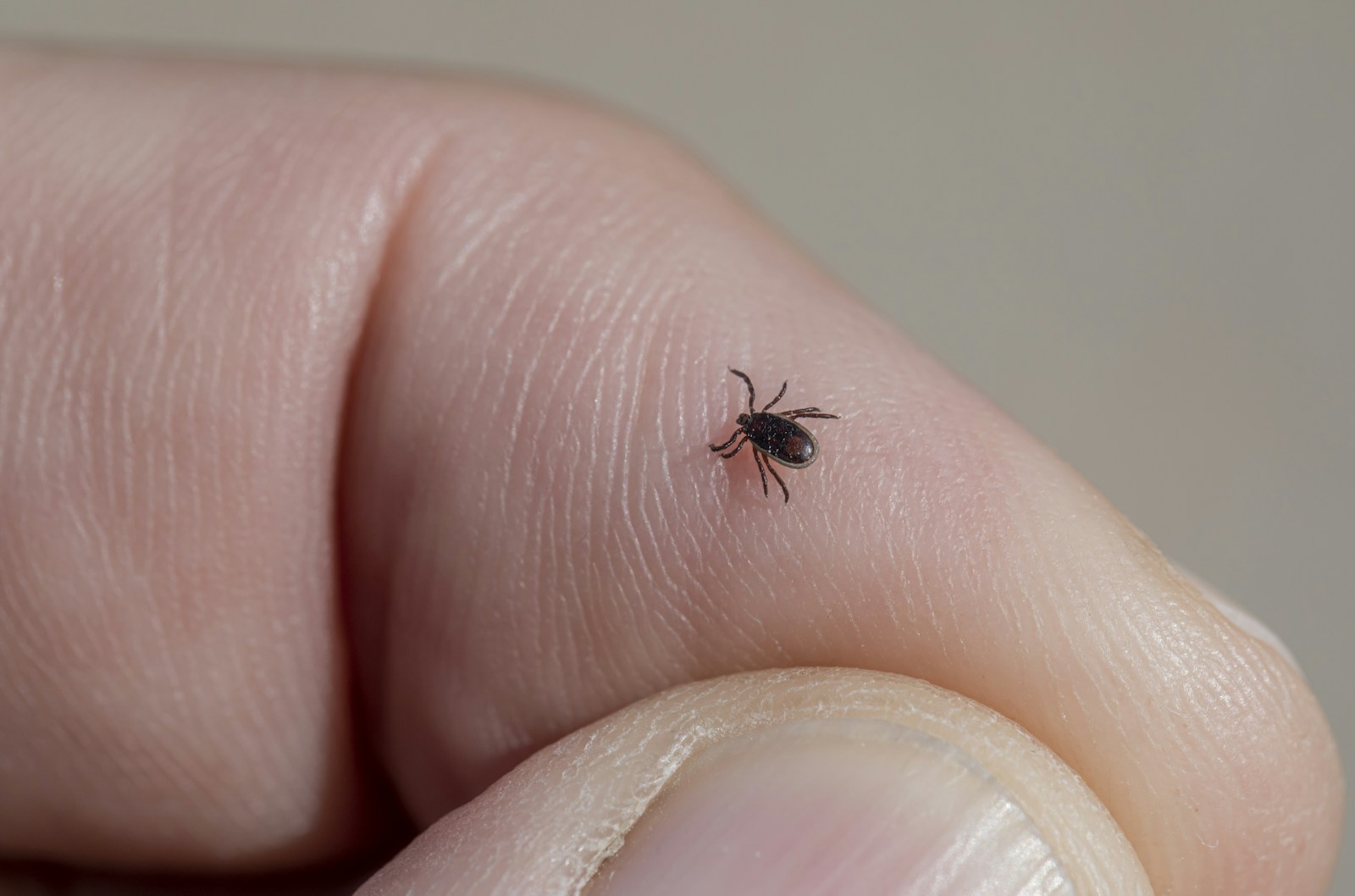Posted on
August 4, 2025
by
Shannon Donnelly
Muskoka, with its pristine lakes, lush forests, and abundant wildlife, is a beloved destination for cottagers and nature enthusiasts alike. However, as we embrace the beauty of the outdoors, it's crucial to be aware of a tiny, yet potentially troublesome, resident: the tick. While small, these arachnids can carry various pathogens, making tick bite prevention a key part of enjoying your time in cottage country.
The Growing Presence of Ticks in Muskoka
The blacklegged tick (Ixodes scapularis), also known as the deer tick, is the primary concern in the Simcoe Muskoka region. These ticks are present and are expanding their habitat, largely due to climate change. Active surveillance has confirmed their presence in various parts of Simcoe and Muskoka, and alarmingly, locally acquired blacklegged ticks have tested positive for the bacteria that causes Lyme disease.
While Lyme disease is the most well-known tick-borne illness, it's important to note that blacklegged ticks can also transmit other diseases, though less common, such as anaplasmosis, babesiosis, and Powassan virus. While individual cases of these might be rare, understanding the potential risks is vital for early detection and treatment.
Understanding the Risk
Ticks don't fly or jump; they typically cling to vegetation in wooded areas, tall grasses, shrubs, and leaf litter, waiting for a host to brush by. They are most active in spring, summer, and fall, but can be encountered whenever temperatures are above freezing and there's no snow cover. This means vigilance is required throughout much of the year in Muskoka.
Prevention is Your Best Defence
Enjoying Muskoka safely means taking proactive steps to prevent tick bites. Here's how you can protect yourself and your loved ones:
Dress for Success: When heading into tick-prone areas (forests, tall grass, bushy spots), wear long sleeves and pants. Tuck your pants into your socks and your shirt into your waistband to create a barrier. Light-coloured clothing can also help, as it makes it easier to spot ticks.
Repel and Protect: Use insect repellents containing DEET or Icaridin on exposed skin and clothing, following the manufacturer's instructions. Permethrin-treated clothing can also offer an added layer of protection.
Stick to the Path: Whenever possible, stay on marked trails when hiking or biking. Avoid venturing into dense brush or tall, unmanaged grassy areas.
The Post-Outdoor Check-Up: After spending time outdoors, especially in known tick habitats, perform a thorough full-body tick check. Pay close attention to common tick hiding spots: behind the ears, in the hair, in the armpits, inside the belly button, behind the knees, between the legs, and around the waist. Don't forget to check your children and pets too!
Shower Smart: Take a shower as soon as you can after being outdoors to wash off any loose ticks before they have a chance to bite.
Heat Them Out: Before washing your clothes, put them in a dryer on high heat for 15-20 minutes. This will kill any ticks that might be clinging to the fabric.
Pet Protection: While pets don't transmit Lyme disease to humans, they can bring infected ticks into your home. Talk to your veterinarian about tick prevention products for your furry companions and remember to check them regularly for ticks.
What to Do If You Find a Tick
If you find an attached tick, don't panic! The key is to remove it promptly and correctly.
Use fine-tipped tweezers: Grasp the tick as close to the skin as possible.
Pull straight up: Use steady, even pressure. Avoid twisting or jerking, as this can cause the mouthparts to break off in the skin.
Clean the area: After removal, clean the bite area and your hands thoroughly with soap and water or rubbing alcohol.
Identify and monitor: You can use platforms like eTick.ca to get the tick identified. While tick testing isn't always helpful for clinical management of Lyme disease, identifying the species can be useful for surveillance. Monitor the bite area for any rash or symptoms in the following weeks.
Seek medical advice: If you've been bitten by a blacklegged tick, or if you develop any symptoms like a bull's-eye rash, fever, headache, or muscle aches within 30 days of a suspected tick bite, contact your healthcare provider immediately. Early treatment for Lyme disease is highly effective.
Muskoka offers an unparalleled outdoor experience. By being tick-aware and implementing these simple prevention measures, you can continue to enjoy the beauty of this region with peace of mind. Stay safe, stay vigilant, and happy cottaging!
